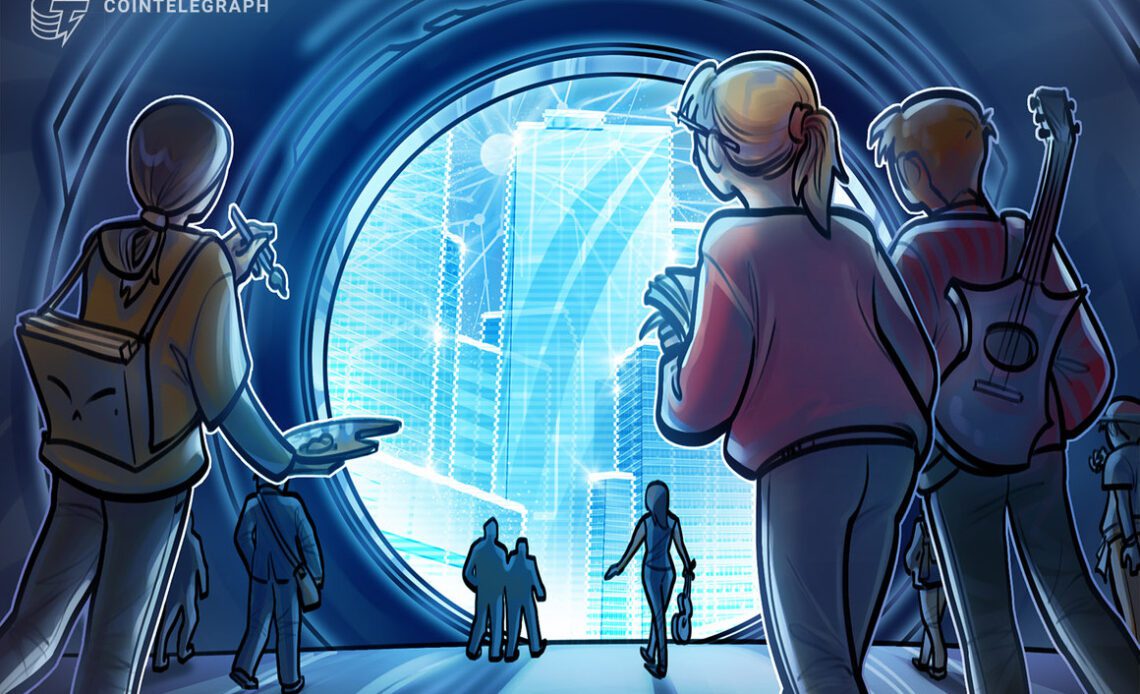Does the term “creator economy” make you think of some idealistic environment where creativity, authenticity and passion are key values? Where true Michelangelos and da Vincis drive progress through their talents without struggling for food and proving themselves all their lives to get a chance to be recognized posthumously? If so, I’m with you.
Though creativity has existed as long as humanity, we started to discuss it as the new economic paradigm not so long ago. What’s more, now we even talk about it in the Web3 dimension. To better understand what it is, first, let’s walk through the backstory of the creator economy. How did we actually arrive here? Often, looking back at the past is a great way to get real insights into what is happening today. It won’t make you yawn, I promise.
The backstory of the creator economy
The transition to the creator economy has been long-incoming and uneven. Now let’s explore the major economic and social development shifts that eventually brought us there.
1. From the agrarian to the industrial economy
In the mid-18th century, we got the Industrial Revolution that led to the jump from agriculture to manufacturing. That was when the industrial economy started, and it continued until World War II. The main task of the industrial economy was to produce more goods that would be accessible and affordable for a broader category of people.
Unlike today’s overabundant reality, goods were scarce and not easily accessible at that time. To achieve its goals, industrialization triggered significant economic changes, shifting the power from agrarians to manufacturers, with the latter having become the center of the new economic reality. Industrialization also brought the culture of hard work, competition and development of new ideas primarily related to the stuff production and automation processes. That was what creative minds were focusing on those days.
It doesn’t mean there was no place for pure creative activities, like music, writing or painting, in those days. However, they definitely were not number one on the agenda. Artists just kept going on their own. The creative field wasn’t seen as a separate economic subset deserving some special attention.
2. From the industrial to the consumer economy
The post-World War II period was a time when manufacturers started producing more goods than people wanted to buy. Stuff was no longer scarce. The economy got a new challenge: to make a customer wish to buy what the…
Click Here to Read the Full Original Article at Cointelegraph.com News…
























